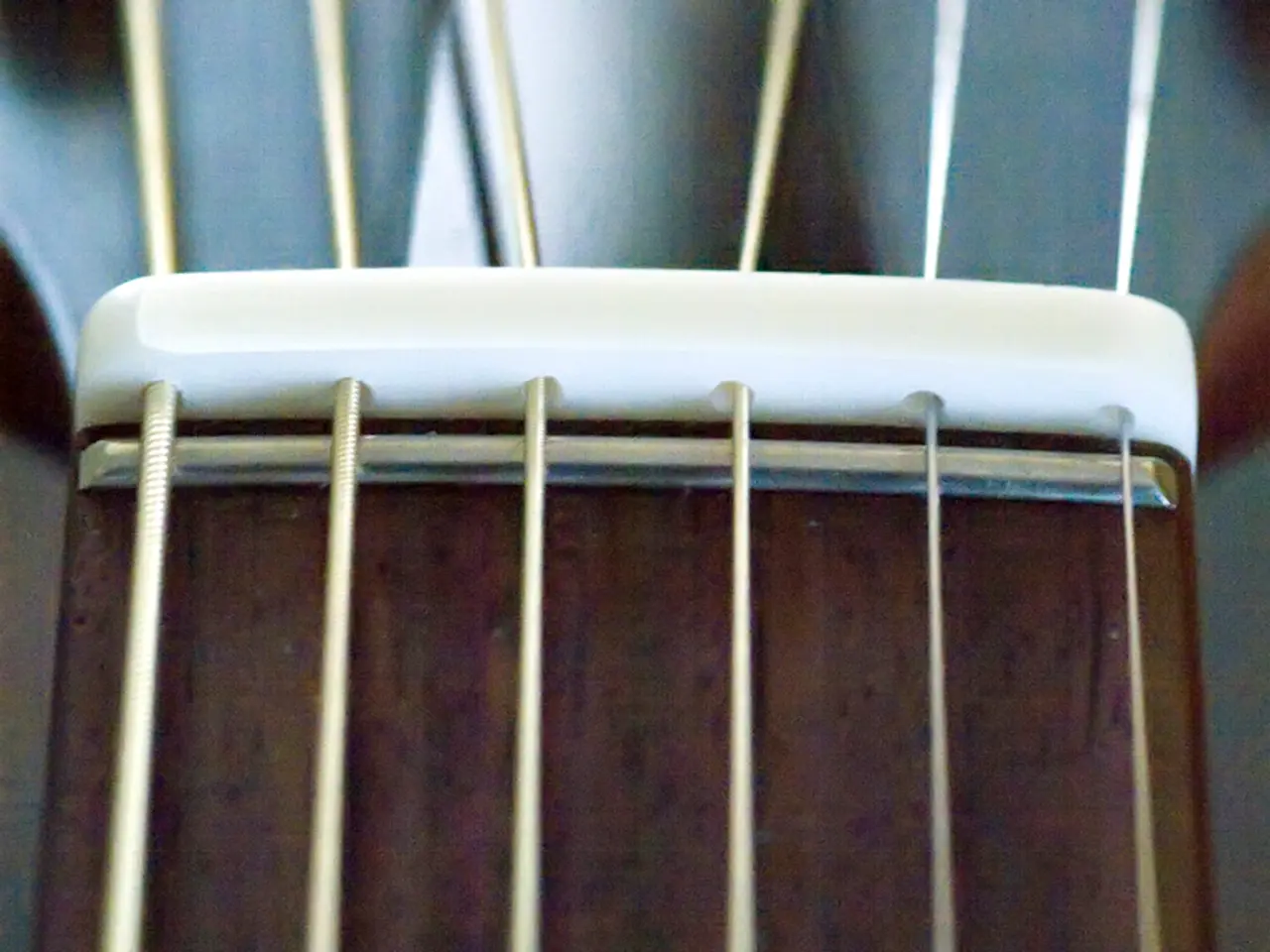Unveiled Truth: The Affection for Surveillance Balloons in America Revealed
In the realm of international espionage, the use of high-altitude balloons has a long and intriguing history, particularly in the United States. This article delves into the evolution of spy balloons, from their early Cold War origins to their contemporary roles in surveillance, and the recent controversy surrounding a Chinese spy balloon.
During the Cold War, projects such as Project Mogul and Project Moby Dick saw the US military employing thousands of top-secret balloons for strategic intelligence. Project Mogul, launched in 1947, aimed to detect Soviet nuclear tests by listening for atomic test sounds, with one balloon famously crashing near Roswell, New Mexico, sparking widespread speculation about a "flying disk." [1][2]
Besides Project Mogul, the US also utilised various aerial surveillance platforms, including balloons and aircraft like the U-2 spy plane. Balloons were valued for their high-altitude capability to carry listening devices in an era before satellite reconnaissance became dominant. [4][5]
Fast forward to the present day, and while satellites and drones now dominate reconnaissance, balloons have retained niche roles in surveillance. Contemporary awareness of balloons as intelligence tools remains informed by their historical precedence in the Cold War. [4][5]
The recent media attention has been focused on a Chinese spy balloon, which was detected hovering at altitudes as high as 65,000 feet and potentially equipped with sophisticated surveillance software like Gorgon Stare. [3] This incident has raised concerns among national security officials, who view it as a potential threat, while critics argue that it may be a ploy to sabotage political detente between the US and China. [6]
The US Secretary of State, Antony Blinken, has labelled the balloon's intrusion an "irresponsible act and a clear violation of US sovereignty and international law." [7] However, the incident has overshadowed other important stories, causing what some commentators have termed the "balloon news cycle." [8]
It is worth noting that the US has also used spy balloons, or aerostats, for surveillance in recent years, particularly in the Middle East. These operations have often caused local discomfort and a sense of oppression. [9]
The US has a history of using balloons for more than just espionage. In the 1950s, the CIA used balloons to drop psychological warfare material into communist countries. [10] More recently, in 2019, the Pentagon tested surveillance balloons across the US, deploying them in six midwest states as an experiment to address narcotic trafficking and homeland security threats. [11]
In a somewhat humorous twist, the author has suggested that agreement on the love for balloons could potentially help resolve international issues between China and the US. [12] This sentiment, while light-hearted, highlights the enduring fascination with these floating spies in the annals of intelligence history.
References: [1] https://www.history.com/news/roswell-ufo-crash-60th-anniversary [2] https://www.livescience.com/44010-roswell-ufo-crash-project-mogul.html [3] https://www.cnn.com/2023/02/04/politics/china-balloon-over-us-intelligence/index.html [4] https://www.history.com/news/spy-balloons-history [5] https://www.smithsonianmag.com/history/spy-balloons-history-180967761/ [6] https://www.reuters.com/world/us/us-china-relations-balloon-incident-political-detente-2023-02-04/ [7] https://www.cnn.com/2023/02/04/politics/china-balloon-over-us-intelligence/index.html [8] https://www.washingtonpost.com/opinions/2023/02/04/balloon-news-cycle-is-distracting-us-from-real-issues/ [9] https://www.nytimes.com/2023/02/04/us/politics/us-china-balloon-spy-overflight.html [10] https://www.history.com/news/cia-balloons-cold-war [11] https://www.defenseone.com/technology/2019/08/pentagon-tests-surveillance-balloons-us-midwest/158230/ [12] https://www.washingtonpost.com/opinions/2023/02/04/balloon-news-cycle-is-distracting-us-from-real-issues/
- In the past, projects like Project Mogul and Project Moby Dick, which utilized high-altitude balloons, were used by the US military for strategic intelligence during the Cold War, with Project Mogul aiming to detect Soviet nuclear tests.
- Although satellites and drones are now primary tools for reconnaissance, balloons still maintain niche roles in modern surveillance, due in part to their historical significance in the Cold War.
- Contemporary events surrounding balloons include the recent controversy involving a Chinese spy balloon, which reportedly flew at altitudes of up to 65,000 feet and may have been equipped with advanced surveillance software like Gorgon Stare.
- The tech world and general news outlets like Gizmodo often cover stories about the advancements and applications of technology in various fields, including politics, sports, and crime and justice. This continued coverage further underscores the enduring fascination with balloons as intelligence tools in the future.




